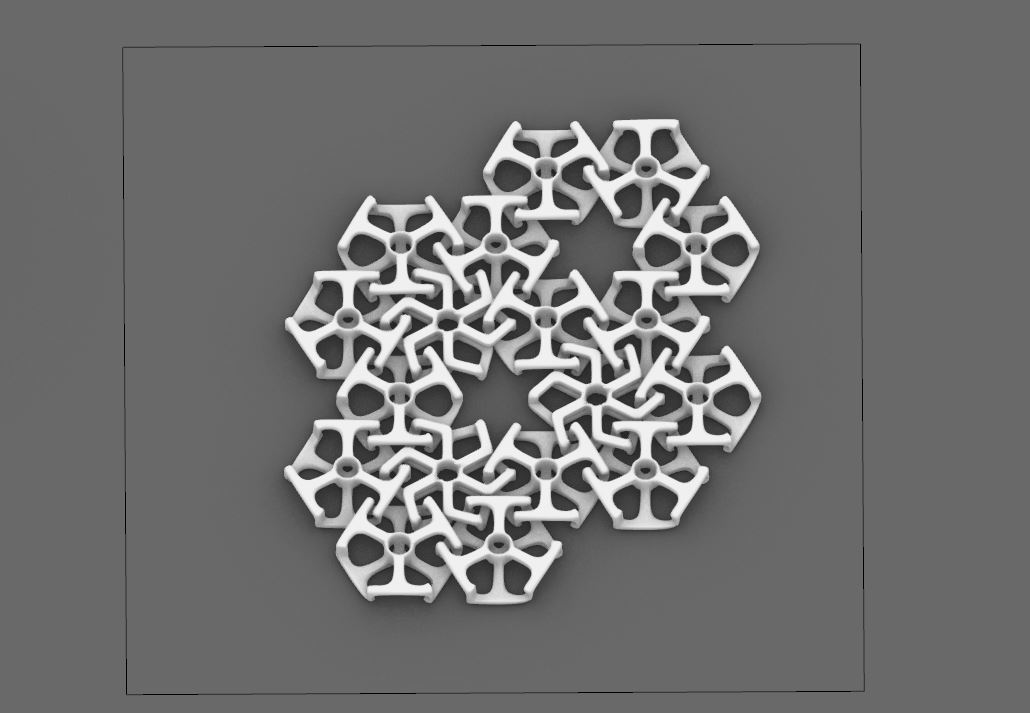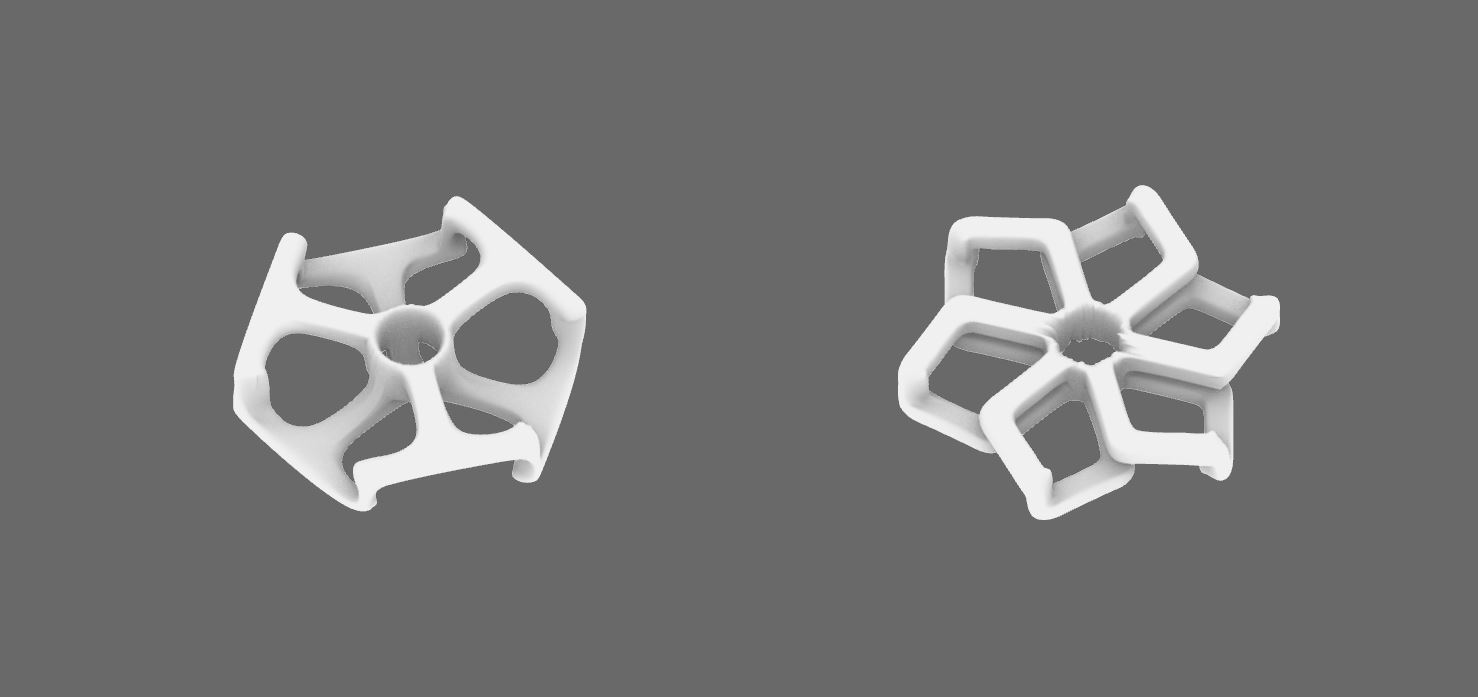.. ,
. . . ,,
week three
printing and scanning (almost) anything
. . , .
3D printing
Although the simplest form of chainmail is the typical hoop-based assembly, knowing how a 3D printer needs to print supports and the circles would need to ensure not to touch one another, I felt such a thing is materially and time-wise inefficent to 3D print. Instead I tried to make flat, hexagonally-shaped modules. I used grasshopper to create the parametric model for this.


| Sindoh FDM Printers (DP200 and 3DWOX1) | 3DS Projet 660 3DS Powder Printer | Stratasys F170 ABS (FDM)-F170 | |
|---|---|---|---|
| MATERIALS | pla material | white powder material | abs material |
| PRINTER | .jpg) |
||
| PROS+STENGTHS | strong prints rapid printing sustainable self-service many printers available |
easily achieves small details |
extremely strong |
| CONS+DRAWBACKS | fail often supports need to be broken off difficult to remove supports from small spaces self-service |
very fragile not self-service cannot print very thin members prints need to be hollowed out and need drainage holes |
lengthy process - additional 24h of support dissolution not self service one print at a time |
| BED SIZE | 200 x 200 x 185mm | 10" x 15" x 8" | 10" x 10" x 10" |

. . , .
3D scanning
I decided to use the IOS app Polycam to complete the scans. I've used this app for all of my scanning in the past and find it is very accessible and reliable while also removing the nessecity for additional processing.